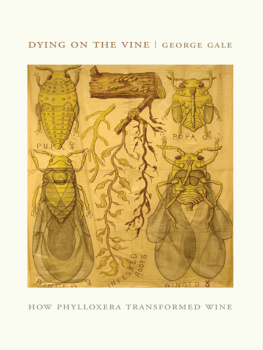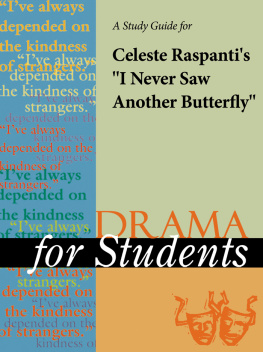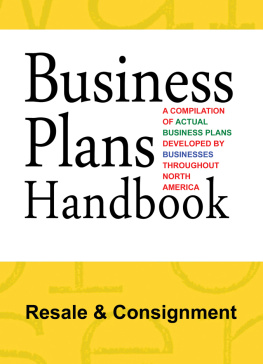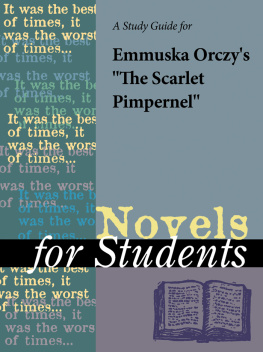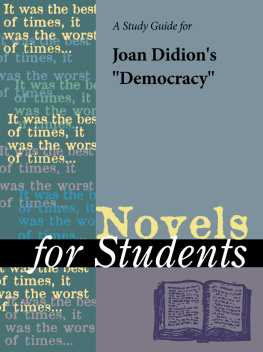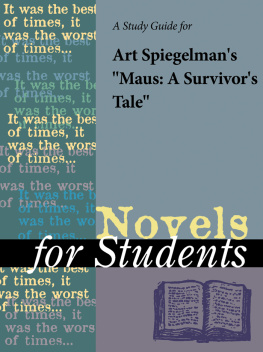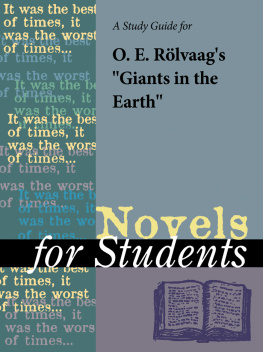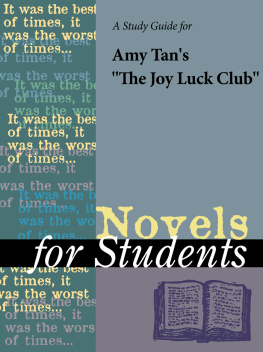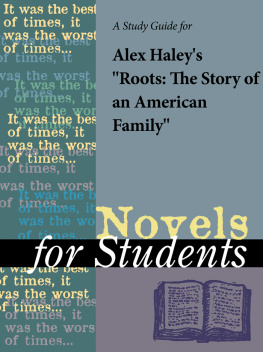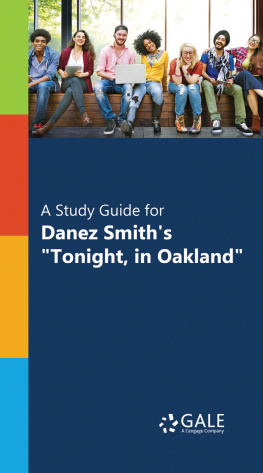TABLE OF CONTENTS
Guide
Novels for Students, Volume 31
Project Editor: Sara Constantakis
Rights Acquisition and Management: Jennifer Altschul, Margaret Chamberlain-Gaston, Leitha Etheridge-Sims, Kelly Quin
Composition: Evi Abou-El-Seoud
Manufacturing: Drew Kalasky
Imaging: John Watkins
Product Design: Pamela A. E. Galbreath, Jennifer Wahi
Content Conversion: Katrina Coach
Product Manager: Meggin Condino
2010 Gale, Cengage Learning
ALL RIGHTS RESERVED. No part of this work covered by the copyright herein may be reproduced, transmitted, stored, or used in any form or by any means graphic, electronic, or mechanical, including but not limited to photocopying, recording, scanning, digitizing, taping, Web distribution, information networks, or information storage and retrieval systems, except as permitted under Section 107 or 108 of the 1976 United States Copyright Act, without the prior written permission of the publisher.
Since this page cannot legibly accommodate all copyright notices, the acknowledgments constitute an extension of the copyright notice.
For product information and technology assistance, contact us at Gale Customer Support, 1-800-877-4253.
For permission to use material from this text or product, submit all requests online at www.cengage.com/permissions.
Further permissions questions can be emailed to permissionrequest@cengage.com
While every effort has been made to ensure the reliability of the information presented in this publication, Gale, a part of Cengage Learning, does not guarantee the accuracy of the data contained herein. Gale accepts no payment for listing; and inclusion in the publication of any organization, agency, institution, publication, service, or individual does not imply endorsement of the editors or publisher. Errors brought to the attention of the publisher and verified to the satisfaction of the publisher will be corrected in future editions.
Gale
27500 Drake Rd.
Farmington Hills, MI, 48331-3535
ISBN-13: 978-1-4144-4169-6
ISBN-10: 1-4144-4169-X
ISSN 1094-3552
This title is also available as an e-book.
ISBN-13: 978-1-4144-4947-0
ISBN-10: 1-4144-4947-X
Contact your Gale, a part of Cengage Learning sales representative for ordering information.
Printed in the United States of America
1 2 3 4 5 6 7 14 13 12 11 10
A Tree Grows in Brooklyn
Betty Smith
1943
Introduction
A Tree Grows in Brooklyn, by Betty Smith, is the coming-of-age story of Francie Nolan, who is eleven years old when the story begins in 1912. Smith's novel was published in 1943 and became an immediate hit. It was quickly purchased by Twentieth Century Fox, and a film version was released in 1945. A Tree Grows in Brooklyn was also the basis of a Broadway musical in 1951. Smith's first novel is a semiautobiographical story of her early life as the child of first-generation Americans. Its themes include the problems that many new immigrants face, including the often overwhelming poverty that they must overcome in their effort to achieve the American dream; overcrowded schools; the importance of education in achieving success; and the need to be loved. The book is also rich in symbolism, including the Tree of Heaven, which symbolizes the tenacity of the poorest immigrants, and the tin can bank, in which the family places all its hopes for the future.
Smith's novel is difficult to summarize briefly because it is autobiographical and thus lacks a clear plot. Instead, its fifty-six chapters relate the life of Francie Nolan. This is a story that unfolds in a succession of small episodes in this girl's life. The novel is divided into five books, loosely defined by either events or periods of time. Book 1 is a brief introduction to the protagonist, Francie Nolan, and her family and neighborhood. Book 2 provides essential background information about Francie's parents and her very early childhood. Book 3 relates Francie's experiences in school and how hard life was for her family. Book 4 explains what happens to Francie after she is forced to go to work at age fourteen and is unable to enroll in high school. All of the novel's themes come together in Book 5, as Francie prepares to leave for college. By the end of Smith's novel, readers have vicariously experienced many of the trials that the Nolan family faced. Because the novel is told in the third person, readers know the inner thoughts of each character and are better able to appreciate the struggles that each endures.
Author Biography
Elizabeth Lillian Wehner, better known as Betty Smith, was born December 15, 1896, in Williamsburg, a neighborhood of Brooklyn, New York. She was one of three children born to German immigrants John and Catherine Wehner. Smith attended school through the eighth grade at Public School 23 in the Brooklyn neighborhood of Greenpoint, but her family was poor, and in 1910, she left school and began working to help support the family. In 1915, Smith was able to return to school and enrolled at Girl's High School, which she attended from 1915 to 1917 and where she was editor of the school newspaper. She also volunteered at the Jackson Street Settlement House, where she met George Smith. The couple eloped on June 6, 1919, to Ann Arbor, Michigan, where Smith was able to attend Ann Arbor High School. Smith's first child, a girl, was born in November 1922. A second daughter was born in 1924.
From 1927 to 1930, Smith was enrolled at the University of Michigan, auditing classes as a special student. Beginning in 1928, Smith had weekly articles accepted for publication by the Newspaper Enterprise Association, which helped to support the family. While enrolled in the university, Smith began taking playwriting classes. When she and her husband separated in 1929, their two daughters were sent to stay with an aunt in Queens, New York. Smith spent the next year writing, and in 1930, she was awarded the Avery Hopwood Award for her play Jonica Starrs. The award included a $1,000 prize, which Smith used to enroll at Yale University in New Haven, Connecticut. After Smith and her husband reconciled, she continued to study at Yale University Drama School. While at Yale, Smith had two one-act plays produced, Mannequin's Maid and Blind Alley, in 1932. By 1933, Smith's marriage was no longer working, and although she tried to continue as a student at Yale, eventually she and her daughters moved to Queens to stay with her mother.
In 1935, the Federal Theatre Project hired Smith as a play reader. The following year, the Federal Theatre Project moved Smith, Bob Finch (a fellow student at Yale with whom Smith was romantically involved), and two other playwrights to Chapel Hill, North Carolina, to join the Carolina Playmakers. In 1937, Smith won a Berkeley Playmakers award for her play So Gracious in the Time. She would win the same award in 1938 for Three Comments on a Martyr. In 1939, Smith received a $1,200 Rockefeller Fellowship. In 1940, she received a $1,000 Rockefeller & Dramatist Guild Award. Despite these awards, Smith was able to earn very little money, although she continued to write plays and to collaborate with other playwrights. During this period, many of Smith's plays were written in collaboration with Bob Finch before his job with the Federal Theatre Project ended in 1941 and he left Chapel Hill.



